Old-fashioned data centers are expensive to set up and time-consuming to maintain. You have to purchase the hardware, set up a cooling system, and power and maintain the entire system. With cloud computing, these issues cease to exist. Cloud computing services — computing, storage, databases, and networking — are available on the internet, and you only pay for what you use. Cloud services aren’t just highly adaptable — they’re available all over the world. It’s not surprising that many companies are transitioning from traditional data centers to cloud computing.
Cloud computing involves computing, storage, databases, and networking delivered on-demand via the internet.
Traditional data centers involve hard, physical assets, including stacks of powerful computers and resources that cool them — and a place to keep them. Cloud computing, by contrast, is delivered on-demand via the internet. Cloud computing services provide computing and storage capacity, databases, and networks, as well as other related services.
Your personal computer’s “compute power” allows it to run applications and process data. When working on the cloud, a computing service performs these functions — allowing you to create a cloud-based PowerPoint presentation for work, for example. After you create your PowerPoint, you need to save it — meaning, you need storage capacity. The trouble with storing data on your laptop’s hard drive is that hard drives sometimes crash — and data gets lost. Cloud storage allows you to securely preserve data on remote servers, for whatever length of time you want. By storing data in the cloud, you lower the risk of losing data because it is stored on multiple servers, ...
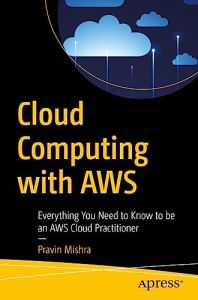









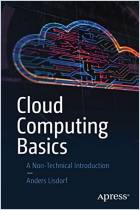

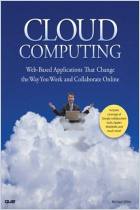

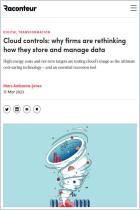

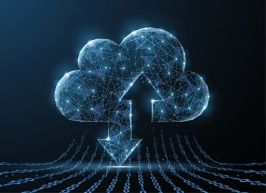
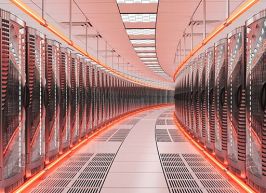

Comment on this summary or Diskussion beginnen